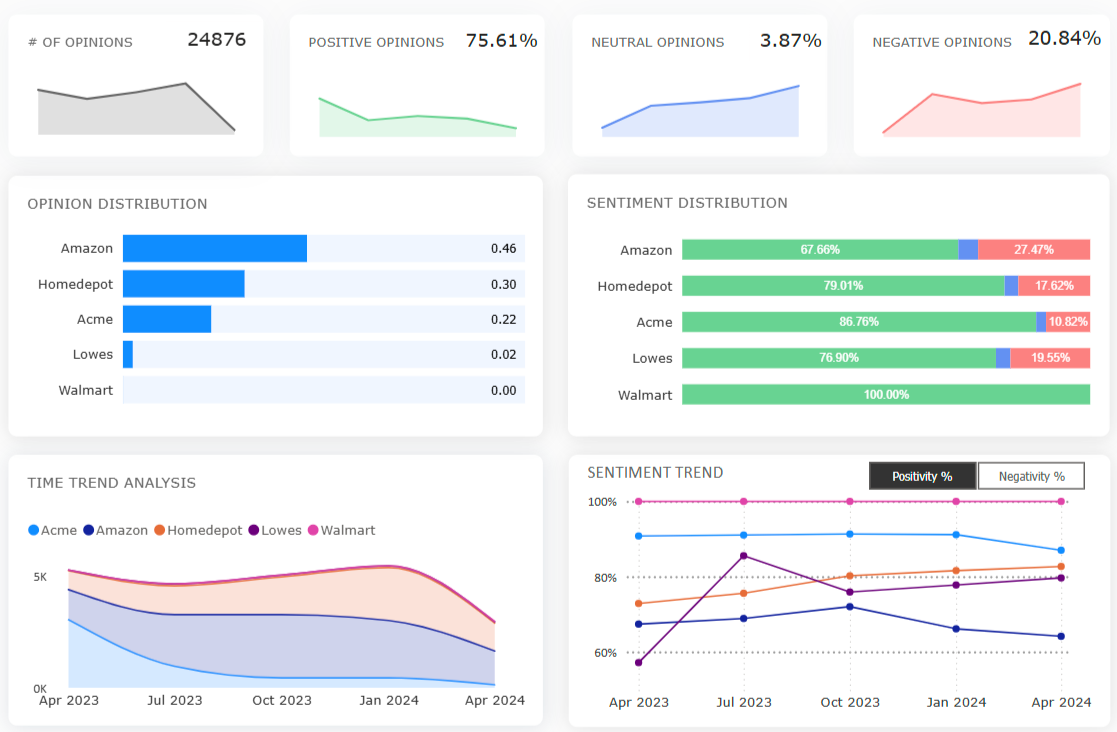CONTENTS
What is social listening?

Social media listening refers to the process of monitoring and analyzing customer conversations and interactions on social media – around your brand and industry to gather insights for better business decisions.
When brands monitor social media platforms, they come across mentions of brands, their competitors, new product launch, and trends in the industry. Social listening includes analyzing and taking actions based on social media conversations. An important aspect of social listening is the response, without which it will turn out to be just social monitoring.
Brands can show their audience that they are listening by creating and sharing content that speaks about their interests, pain points, and questions. Social media listening gives brands an opportunity to create a dialogue with their audience instead of just constantly selling to them.
Social listening advantages
1. Improves customer experience:
When customers are unhappy or do not feel valued, they leave your product. According to research by American Express, when a customer has a poor customer service experience on social media, they share a negative experience with 53 people! Therefore, it is important to find conversations on social media, where customers voice out their pleasant and unpleasant experiences. This will allow brands to respond to customers and take immediate action.
2. Improve marketing campaigns:
Social listening will give access to the vast amount of audience data, social data, publicly available data, and enterprise-held data. This data can be integrated with marketing platforms by brands. With the help of social listening, brands can carry out campaign analysis, brand analysis, analyzing market trends, and competitive trends before setting up the marketing campaigns. Brands can understand what consumer feedback is and tweak marketing campaigns based on that data.
3. Retain customers and attract new customers:
Social listening is useful to find out what kind of products and services your audience is looking for. Listen to people on social media about their preferences and the kind of products they want to buy.
With dedicated efforts and a methodical approach to social listening, you can find the right audience who will be interested in your products and services.
Social listening example

See how L’Oreal uses social listening for product development. When the brand was thinking about the next hair product to be developed, they turned to social media audiences to discover the most promising trend.
L’Oreal conducted the analysis using social listening to identify user-generated content. They gathered issues and opinions of customers on social media. All this helped L’Oreal to come up with their new product – ombre hair color-based L’Oreal Feria Wild Ombre. This product went on to become a huge success in the market.
Do you know what your customers really want?
Analyze customer reviews and automate market research with the fastest AI-powered customer intelligence tool.
